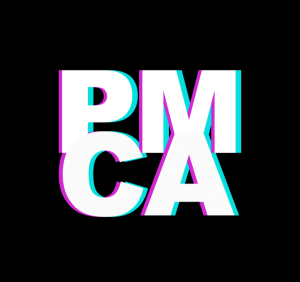Maurice Bogaert
Maurice Bogaert has recently been working on a series of projects in which elements from various media such as architecture, film, literature and the visual arts come together to create a total experience for an audience. Sometimes these works are extremely large ‘walkthrough’ installations, and at other times they are infinitely small scale models or maquettes. All these works are, all in their own way, attempts to translate notions of camera movement and montage into physical space. All these works are attempts to create a cinematic experience without actually making film. This research, this development in Bogaert’s work, takes two directions. One is about the desire to control the whole machinery, the more technical aspect of cinema, and the other is more about the narrative aspect of film. Thus, on the one hand, he built his own analogue immersive viewing-machines and, on the other, he published a book in 2020; a book like a paper film.
Panorama of Nowhere (2017), which Bogaert built on location at DordtYart, is such an immersive viewing-machine. This rotating camera obscura shows a perpetual pan-shot. Panorama of Nowhere is a viewing-machine, a mechanical cinema, where live projection is generated by the rotating camera obscura. By recreating architectural elements from the exhibition space and placing them back in the same space, this addition to the projection acts as a glitch, a visual déjà vu. With set, lens and projection surface, the camera obscura is recording set, projector and cinema in one.
His most recent work – The Walter Benjamin and Albert S. Project (2020) – is a book; a book as paper film. It is a work about the parallel lives of Walter Benjamin and Albert Speer, a book about the search for bringing these two lives together.
The book, printed in silver ink on black paper, not only refers to early film and photography, but this combination of ink and paper also makes the light react differently as you leaf through it and the images appear and disappear again, as it were. Together with a layout in which close ups and wide shots, rhythm and repetition are the cinematic means employed graphically, the book works like a paper film. Like his installations, this book is an attempt to create a cinematic experience without actually making film.
Maurice Bogaert (Heerlen 1975) Lives and works in Amsterdam he studied at the Academie voor beeldende Kunsten Maastricht (1999) and the Piet Zwart Instituut( in Rotterdam(2001), Selected Exhibitions: Cacao Fabriek, Helmond (2021),Kunsthal 45, den Helder (2020), DordtYard, Dordrecht (2017), Art Rotterdam / Intersections (2016), Kunstfort Vijfhuizen (2015), De Fabriek, Eindhoven(2014), Black Sesame, Beijing (2014)
Previous slide
Next slide
Location
Gedempte Zuiderdiep 132
9711 HM
Groningen
Opening Hours
Opened Daily 24/7
Free of charge
© Pitcairn 2020

